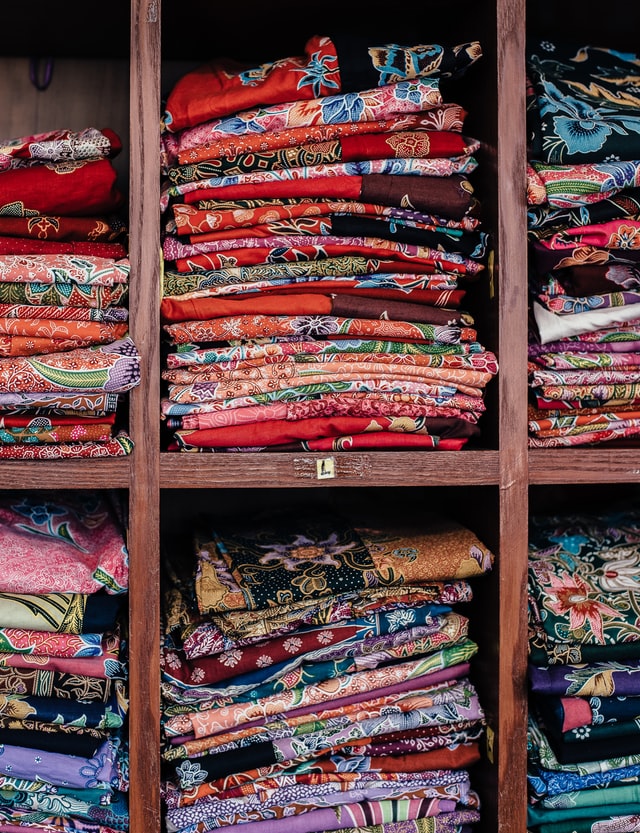The pandemic and the clothes on our backs

Photo by Annie Spratt on Unsplash
/IT’S THE BUSINESS

“Making money is art and working is art and good business is the best art”
– Andy Warhol
What are you wearing as you read this and how long do you think you will continue to wear this garment? Weeks? Months? Years? What will you do with it once its life is essentially over? You may get rid of it because it developed holes, became discoloured, or doesn’t fit, suit or please you.
The answer to those questions could make a huge difference to the health of the planet.
In their recent Chatham House paper, Patrick Schroder and Klas Wetterberg outlined the opportunity afforded in re-ordering the global textile industry, which is one of the most polluting in the world.
The industry adds chemical loads to water resources, they write. Pesticides are used in cotton farming. “The sector is behind around 8-10 per cent of global carbon emissions – more than all flights and maritime shipping combined. It also generates 92 million tonnes of waste per year and consumes 79 trillion litres of water.”
That’s a terrible rundown. So, what, if anything, can be done?
The paper proposes robust measures using the window of opportunity that has opened because the pandemic caused “demand destruction” and massive cancellation of clothing orders.
The best way forward is circular economy solutions. Clothes must be designed to last, old garments must be recycled, bio-based materials (less of the nylon then) must be used and a productive loop created and maintained.
Sounds good. But how?
Wouldn’t a circular economy cut out suppliers in developing countries? For example, if you live in a western country, wouldn’t the re-use of that T-shirt make the Vietnamese or Bangladeshi worker somehow less important to the act of clothing you, after that T-shirt is retired?
The paper addresses this by seeking a ‘build back better’ approach. Value chains, it argues, must support “the multiple suppliers in developing countries to pilot circular approaches that improve environmental performance while providing decent work needs to be a priority. Technical capacity-building, skills training and making investments in new technologies will be key ingredients to bringing circular solutions to scale.”
For a start, substantial investments in upstream capacities are needed. This, says the paper, has already started to happen with more than 30 international fashion brands, manufacturers and recyclers collaborating from last month in a new initiative to capture and reuse textile waste in Bangladesh.
This is good news. Clearly, the pandemic has hastened some of the change we need to see.

